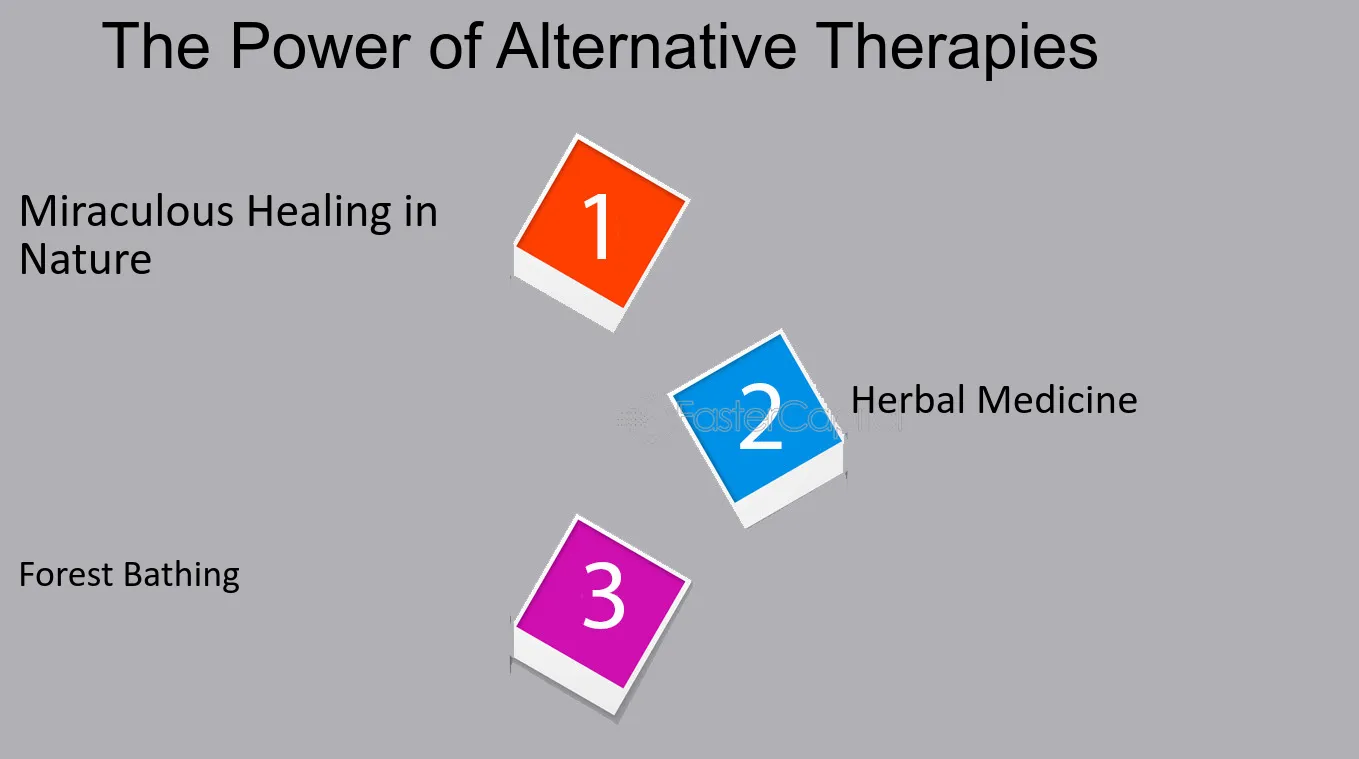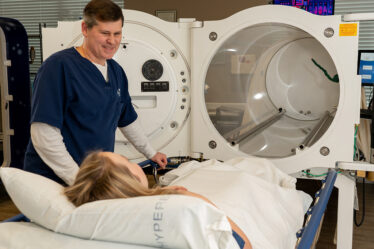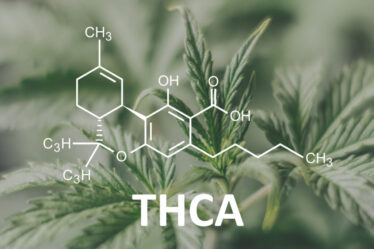
When you suffer an injury, your first thought might be to turn to conventional medical treatments for healing. However, a number of individuals are exploring alternative therapies to aid in their recovery process. These methods, often rooted in holistic practices, aim to treat not just the symptoms but also the underlying causes of your discomfort.
Alternative therapies offer a diverse spectrum of non-invasive and drug-free options that can complement traditional medical care. From acupuncture and massage therapy to chiropractic adjustments and herbal remedies, these treatments help provide relief and assist in recovery. Each therapy comes with its own set of potential benefits tailored to different types of injuries and recovery goals.
Understanding Types of Injuries and Recovery
Understanding the types of injuries you might be facing and the stages of healing is crucial to choosing the right rehabilitation strategies.
Types of Injuries
- Acute Injuries: Sudden injuries caused by specific trauma or impact, such as sprains, fractures, or cuts.
- Chronic Injuries: Resulting from repeated overuse of muscle groups or joints, examples include tendinitis and stress fractures.
Stages of Healing
- Inflammatory Phase: This initial stage involves swelling and redness as your body starts the healing process.
- Proliferation Phase: The damaged tissue is replaced with new cells and temporary tissue.
- Maturation Phase: Over several months, the new tissue strengthens and matures into its final form.
Goals of Rehabilitation
- Restore Function: The Primary goal is to regain pre-injury levels of function and movement.
- Reduce Pain: It’s important to manage and minimize pain to enable effective rehabilitation.
- Prevent Future Injury: Incorporate exercises and techniques to strengthen and protect the injured area from further harm.
Evaluating Alternative Therapies
When considering alternative therapies for injury recovery, you should assess their safety and effectiveness, review comparative studies, and appreciate the value of a holistic approach.
Safety and Efficacy
The primary concern when evaluating alternative therapies is safety and efficacy. For each therapy, investigate whether it has been approved by relevant health authorities, like the FDA or equivalent organizations. Look for:
- Clinical trials: Have there been any peer-reviewed clinical trials?
- Adverse effects: What are the reported side effects or risks?
- Qualifications: Are the practitioners certified or licensed?
| Therapy Type | Clinical Trials Conducted | Common Adverse Effects | Practitioner Qualification |
| Acupuncture | Numerous | Minor bruising | Licensed Acupuncturist |
| Chiropractic | Several | Temporary soreness | Doctor of Chiropractic |
| Herbal Medicines | Varied by herb | Allergic reactions | Certified Herbalist |
Comparative Studies
Examine studies that compare alternative therapies with conventional treatments to gauge their relative effectiveness. Research papers and meta-analyses can provide insights into whether these therapies can stand as viable complements or alternatives. Look for:
- Effectiveness: How does the therapy perform compared to conventional treatments?
- Recovery time: Is there a difference in the healing period?
- Patient satisfaction: Are patients generally more satisfied with one treatment over another?
Holistic Approach
Consider the therapy’s approach to treating injury. Alternative therapies often take a holistic approach, focusing on the entire body and mind rather than just the injury site.
- Mind-Body Connection: Does the therapy address psychological factors as well along with physical symptoms?
- Lifestyle Changes: Are there recommendations for diet, exercise, or stress management?
- Integrated Care: Is there potential for integrating the therapy with conventional treatments?
Understanding the full picture can lead to a more informed decision about the potential role of alternative therapies in your recovery process.
Physical-Based Therapies
Physical-based therapies encompass a range of treatments that focus on the manipulation and rehabilitation of the body’s structure to aid injury recovery. These hands-on approaches can offer relief and restore function following an injury.
Chiropractic Care
Chiropractic care is a form of treatment that emphasizes the body’s ability to heal itself. Treatment typically involves manual therapy, especially spinal manipulation. This can address alignment issues, reduce pain, and improve movement. Chiropractors often treat injuries related to the back, neck, and joints.
Osteopathy
Osteopathy involves the treatment of the musculoskeletal system to improve overall health. It utilizes techniques such as stretching, massage, and mobilization of the muscles and joints. The goal is to correct imbalances, enhance circulation, and promote healing. Osteopaths also focus on how the body’s systems are interconnected and can treat a variety of musculoskeletal injuries.
Massage Therapy
Massage therapy is recognized for its ability to reduce pain and tension in muscles while improving blood flow. Therapies include options like clinical massage and sports massage, tailored to aid in recovery from sports-related injuries and other physical ailments. Treatments might incorporate trigger point therapy, where concentrated pressure is applied to points on the muscles that are tense and can cause pain elsewhere in the body. Professional massage services can be a key component in a holistic injury recovery plan.
Movement-Based Therapies
Injury recovery can often be supported through specific movement-based therapies which emphasize gentle movements and mindfulness. These therapies facilitate healing by enhancing flexibility, strength, and circulation.
Yoga
Yoga involves a series of poses, breathing techniques, and meditation practices. When recovering from injury, certain asanas (poses) are tailored to improve your range of motion and reduce stiffness. For example, the Cat-Cow Stretch can enhance spinal flexibility, while the Legs-Up-The-Wall Pose may aid in reducing swelling in the lower limbs.
- Recommended Poses for Injury Recovery:
- Cat-Cow Stretch
- Legs-Up-The-Wall Pose
- Child’s Pose
- Downward-Facing Dog
Tai Chi
Tai Chi is a form of martial arts known for its slow, deliberate movements combined with deep breathing. This gentle exercise can help maintain your strength and balance during recovery. It’s particularly beneficial in the rehabilitation of injuries related to joint and muscle control such as knee and back pain.
- Key Components of Tai Chi:
- Slow, flowing movements
- Deep breathing
- Meditation in motion
Pilates
Pilates focuses on core strength, posture, and body alignment. Your core is essential for stabilizing your body, which is crucial during injury recovery. Performing Pilates under the guidance of a professional ensures that you engage the right muscles and avoid those at risk of further injury.
- Core Pilates Exercises:
- Pelvic Tilt
- Bridge
- Single Leg Stretch
- Swimming
These targeted exercises help in creating a stable foundation for your body’s balance and coordination.
Energy-Based Therapies
In the realm of injury recovery, energy-based therapies are believed to promote healing by manipulating energy fields within and around your body. These therapies may enhance your recovery process complementing traditional medical treatments.
Acupuncture
Acupuncture involves the insertion of very thin needles into your skin at strategic points on your body. This traditional Chinese medicine technique is aimed at balancing the flow of energy or life force, known as chi or qi. It’s said to stimulate nerves, muscles, and connective tissue to boost your body’s natural painkillers and increase blood flow.
Biological-Based Therapies
Biological-based therapies leverage natural biological substances to aid injury recovery. These therapies often include herbal remedies and nutritional supplements, which can support the body’s natural healing processes.
Herbal Remedies
Herbs have been utilized for centuries to assist with healing. For injury recovery, certain herbs are known for their anti-inflammatory and analgesic properties.
- Arnica: Often used to reduce swelling and to manage bruising.
- Comfrey: Has compounds that may aid in healing sprains and broken bones.
Important Note: Consult a healthcare provider before applying herbal remedies to ensure they are appropriate for your condition.
Nutritional Supplements
Supplements can provide the essential nutrients required for the repair and regeneration of tissues.
- Protein: Critical for tissue repair. Supplements can come in powder form, such as whey or plant-based proteins.
- Omega-3 Fatty Acids: help reduce inflammation. Common sources include fish oil capsules or flaxseed oil.
Suggested Intake:
- Protein: General suggestions are 1.2 to 2.0 grams per kilogram of body weight per day, depending on the injury severity.
- Omega-3s: Typically, 1-3 grams daily in capsule form is recommended, but follow label directions.
Safety Considerations: Always check with a healthcare provider to determine the right dosages for your specific needs, and be aware of potential interactions with other medications.
Mind-Body Techniques
Mind-body techniques focus on the connection between your mental and physical health, recognizing that emotional and mental states can significantly impact physical healing. These methods are used to promote recovery from injury through mental focus and relaxation.
Meditation
You can meditate to alleviate pain perception and stress, which are common during injury recovery. Regular practice may enhance your body’s natural healing process. To get started:
- Choose a quiet location: Minimize distractions to focus your mind.
- Set a time limit: Start with 5-10 minutes and gradually increase.
Choosing a Therapy
When considering alternative therapies for injury recovery, it’s essential to make informed decisions that align with your health needs and preferences.
Consulting with Professionals
Healthcare Provider: It’s crucial to discuss your options with a healthcare provider who understands your medical history. They can offer guidance on which therapies might be beneficial for you, considering any underlying conditions.
Therapist Qualifications:
- Credentials: Verify that the therapists are certified and specialize in the treatments you’re considering.
- Experience: Look for professionals with a proven track record of success in treating your specific type of injury.
Personal Goals and Preferences
- Recovery Objectives: Clearly define what you hope to achieve, whether it’s pain relief, improved mobility, or something else.
- Comfort Level: Choose a therapy that you are comfortable undergoing, as this will affect your ability to stick with the program.
Monitor Progress: Keep track of your recovery progress and remain flexible to adjust therapies as necessary.


